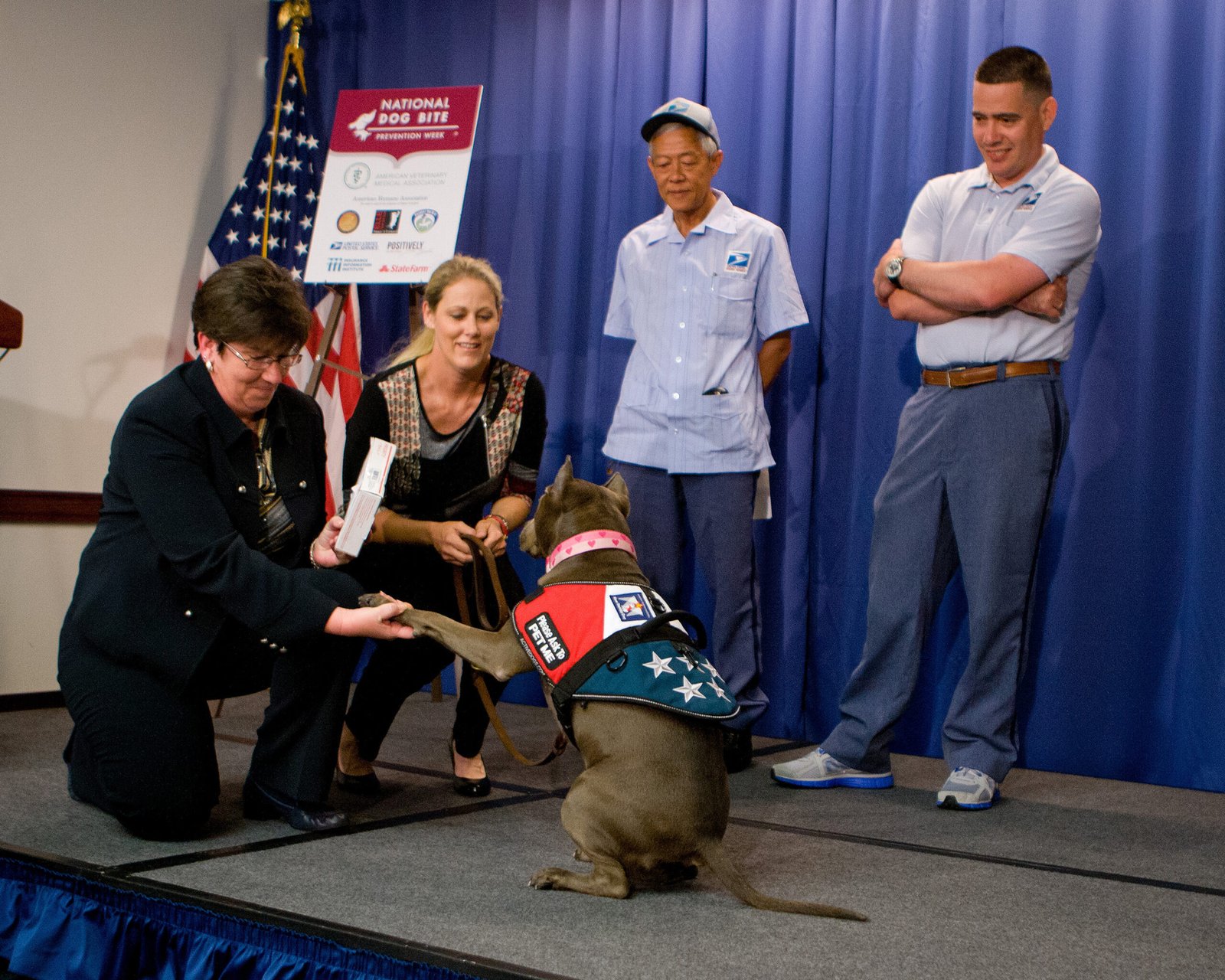Pit bulls, often misunderstood, spark passionate debates about their nature and nurture. With headlines frequently painting them as dangerous, the conversation about their rehabilitation becomes even more pressing. Many dog lovers find themselves asking: Are these programs effective? And more importantly, are they fair to the dogs themselves? As more organizations advocate for the rehabilitation of pit bulls, both supporters and critics weigh in on the potential risks and rewards.
The Historical Context of Pit Bull Misunderstanding
Pit bulls have a history that’s rich and complex. Originally bred in the 19th century for bull-baiting and later dog fighting, these dogs have often been associated with aggression. However, this narrative doesn’t capture the full picture. In the early 20th century, pit bulls were known as “nanny dogs” due to their gentle nature with children. The shift in perception came in the latter half of the century, largely due to media portrayal and misuse by irresponsible owners. This historical backdrop complicates the modern debate over their rehabilitation, making it vital to approach the topic with a nuanced perspective.
The Role of Media in Shaping Public Opinion
Media plays a pivotal role in shaping public perception of pit bulls. Sensationalized news stories often focus on attacks, overshadowing countless positive stories of pit bull companionship. This skewed portrayal fuels public fear and misconceptions. While it’s true that any dog can pose a danger if improperly trained or abused, the media’s tendency to highlight pit bull incidents disproportionately contributes to their negative reputation. This media bias underscores the importance of rehabilitation programs in changing narratives and offering these dogs a second chance.
Understanding Pit Bull Rehabilitation Programs
Rehabilitation programs for pit bulls aim to reshape their behavior and reintegrate them into society. These initiatives often involve professional trainers who use positive reinforcement techniques to address behavioral issues. Programs are tailored to each dog’s needs, focusing on building trust and reducing aggression. Rehabilitation isn’t just about training; it’s also about healing and understanding the trauma many of these dogs have faced. By offering structured environments, these programs hope to demonstrate that pit bulls, like any other breed, can thrive with love and guidance.
Supporters’ Viewpoint: The Power of Second Chances
For many pit bull enthusiasts, rehabilitation programs are a testament to the power of second chances. They argue that every dog deserves the opportunity to overcome past traumas and prove their worth. Supporters emphasize the success stories where once-troubled pit bulls have become loving family pets. These advocates highlight the emotional and social benefits of rehabilitation, arguing that it not only saves dogs’ lives but also enriches human lives. By focusing on rehabilitation, supporters believe society can challenge stereotypes and foster a more inclusive view of all dog breeds.
Critics’ Concerns: Safety and Resources

Critics of pit bull rehabilitation programs raise valid concerns about safety and resource allocation. They argue that not all pit bulls can be rehabilitated, and attempting to do so might put communities at risk. There’s also the question of resources: rehabilitating a pit bull can be costly, and some argue those funds might be better spent on other pressing animal welfare issues. Critics stress the importance of evaluating each dog’s potential for rehabilitation on a case-by-case basis, ensuring that community safety remains a top priority. Their concerns highlight the need for balanced and informed discussions on the subject.
Case Studies: Success Stories and Lessons Learned
Many rehabilitation programs boast impressive success stories. Take, for example, a pit bull named Daisy, who was rescued from a fighting ring. Through a dedicated rehabilitation program, Daisy transformed into a loving therapy dog, bringing joy to hospital patients. Stories like Daisy’s showcase the potential of rehabilitation programs to change lives, both canine and human. However, not every case is a success. Some dogs, due to severe trauma or ingrained behaviors, may not fully adapt. These varied outcomes underscore the importance of tailored approaches and highlight the complexities of rehabilitation.
The Ethical Dilemma: To Rehabilitate or Not?
The ethical considerations of rehabilitating pit bulls are multifaceted. On one hand, proponents argue that every dog deserves a chance at redemption. On the other, skeptics question if it’s always in the best interest of the dog or community. This dilemma prompts broader questions about animal rights, responsibility, and the role of humans in shaping canine behavior. It’s a debate that requires empathy, understanding, and a commitment to finding solutions that prioritize both safety and compassion.
Conclusion
The controversy surrounding pit bull rehabilitation programs is emblematic of broader societal challenges in understanding and managing misunderstood creatures. As discussions continue, it’s clear that both sides have valid points that must be considered. What’s undeniable, however, is the shared love for dogs that drives this debate. Whether one supports or questions rehabilitation, the end goal remains the same: ensuring a safe and loving environment for all dogs, pit bulls included.

Linnea is a born and bred Swede but spends as much time as possible in Cape Town, South Africa. This is mainly due to Cape Town’s extraordinary scenery, wildlife, and atmosphere (in other words, because Cape Town is heaven on earth.) That being said, Sweden’s majestic forests forever hold a special place in her heart. Linnea spends as much time as she can close to the ocean collecting sea shells or in the park admiring puppies.





